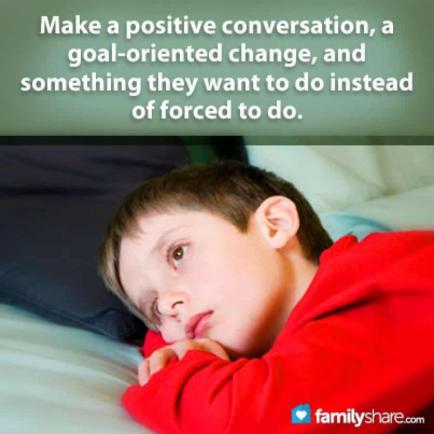
Daydreaming is a natural part of childhood. Super heroes, princesses, fairy tales, and imaginary friends are part of the world in which our children live. The key is learning how and when daydreaming has taken on too important of a role and learning how to help your child deal with the differences between fantasy and reality, as well as teaching them positive ways to deal with daydreaming and distractions.
Here are some positive ways you can help your daydreamer:
Plan activities that entertain your child
Children tend to daydream when they have little structure or planned play. You can help reduce the amount of daydreaming by encouraging your child to play. Imaginative play is important. While you may not be keen on the daydream itself, embracing some of the topics of the daydream can be beneficial to your child. Let your child dress up as a princess or super hero and get down and play super hero or princess with them. This not only allows them to express their creativity but allows you the opportunity to reinforce the idea that these characters you are playing are, in fact, imaginary. It's fun to play and dress up, but there are times and places for those activities. Allowing for structured play time, study time, and other routines are one of the best ways to embrace your child's imagination while setting manageable boundaries.
Find other outlets for your child's creativity
In addition to planning well-structured imaginary play, you should consider new and exciting ways to allow your child to be creative. You can encourage creativity while working with others. Look to your local schools, recreation department, and social network to determine what creative opportunities exist in your area. These could include drama classes, children's art classes, play groups, science labs, reading clubs, and more. The key is to take the interest your child currently displays and turn it into an outlet for expression. If your child learns to express his creativity in art forms or drama classes he will find the need for daydreaming diminishes. Not only will she have the opportunity to use her creativity, she will be meeting others with similar interests, will receive guided instruction, and find ways to fill their time.
Finally, if you notice daydreaming is becoming a problem for your child
It is distracting them at school or during other important study, family, or interactive times, you should consider working with your child on a behavior modification plan. This includes talking with your child about their daydreaming, discussing why it is not appropriate during specific situations, and creating a plan you both can agree on to work through making changes. When your child understands why you are concerned and that it is not the daydreaming itself but merely the situation or timing of it, they may have a better motivation to control it. When working with your child, you should set up goals and rewards for when your child does stay focused and controls the daydreaming on their own.
Whether you decide to create new outlets for your child's creativity or simply work on controlling the behavior; the key when addressing daydreaming as a concern is to make it a positive conversation, a goal-oriented change, and something they want to do instead of forced to do.

